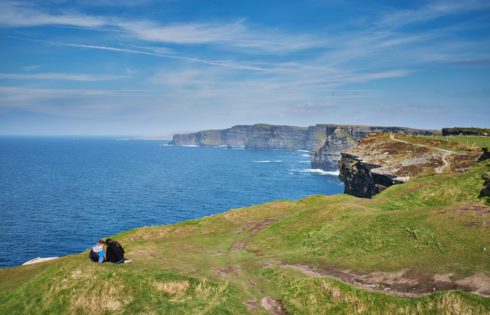
Best Time of Year to Visit Ireland (Weather, Temperature, & Events)
Ireland is a fascinating place but it’s also a destination where the weather may not always cooperate with your visit. Still, you might be surprised to find out that the

Ireland is a fascinating place but it’s also a destination where the weather may not always cooperate with your visit. Still, you might be surprised to find out that the

Greece is not only known for its spectacularly beautiful islands but also for the culture and traditions of yestercentury. Even outside of the islands you can find some of the

The Maldives is a dream destination for many people. It’s one of the most mesmerizing destinations with its beautiful white sands, turquoise atolls, and blue lagoons. But many people wonder
| Cookie | Duration | Description |
|---|---|---|
| cookielawinfo-checkbox-analytics | 11 months | This cookie is set by GDPR Cookie Consent plugin. The cookie is used to store the user consent for the cookies in the category "Analytics". |
| cookielawinfo-checkbox-functional | 11 months | The cookie is set by GDPR cookie consent to record the user consent for the cookies in the category "Functional". |
| cookielawinfo-checkbox-necessary | 11 months | This cookie is set by GDPR Cookie Consent plugin. The cookies is used to store the user consent for the cookies in the category "Necessary". |
| cookielawinfo-checkbox-others | 11 months | This cookie is set by GDPR Cookie Consent plugin. The cookie is used to store the user consent for the cookies in the category "Other. |
| cookielawinfo-checkbox-performance | 11 months | This cookie is set by GDPR Cookie Consent plugin. The cookie is used to store the user consent for the cookies in the category "Performance". |
| viewed_cookie_policy | 11 months | The cookie is set by the GDPR Cookie Consent plugin and is used to store whether or not user has consented to the use of cookies. It does not store any personal data. |
